
Egypt 2003: Thebes West Bank
For the Ancient Egyptians the west was not the direction of finality and death but rather the way to the "kingdom of the West" where the deceased could be admitted by Osiris to the Day of Judgment. It was also the direction taken by the setting sun before it journeyed through the Underworld. When it disappeared into the shadows the heavenly body was gradually regenerated and reappeared each morning as a new being. These two aspects of rebirth (Osirian and solar) are represented in all the funerary monuments, tombs and temples on the west bank of Thebes. The Egyptians who cultivated this fertile valley believed that the kingdom of Osiris resembled this earthly kingdom of fields, canals and agriculture. It was a sort of familiar, earthly paradise where the deceased could enjoy a happy life for eternity. They could only recover their completeness, temporarily lost at the moment of death, by gathering together all the various elements which made up their identity during their earthly life: their body, their ka (vital energy which was both preserving and creative), their ba (spiritual element), their ankh (immortality), their shadow and their name.
The body, in particular, was essential to the life that mummification aimed to preserve. The mortal remains, brought by boat from the east bank, were prepared more or less carefully, depending on the family's financial resources. Specialist priests, imitating the rites originally performed by Anubis on the body of Osiris, removed the entrails which were preserved in four Canopic jars (whose stoppers represented each of the four sons of Horus) and placed in the tomb the sarcophagus. Once the body was cleaned, dried out with natron and coated with ointments, it was tightly bound in strips of cloth. There were many embalming rooms between the Nile and the Theban necropolis.
The royal necropolis, known in ancient times as "the Place of Truth", is a logical place to start a visit to the west bank. None of the tombs in the western valley is open to the public and only the present Valley of the Kings enables visitors to discover the very singular world of the 18th- and 19th-Dynasty pharaohs. The mountain of Thebes at the far end of the valley in fact forms a near natural pyramid both in terms of its shape and its function since it contains sixty or so royal tombs.
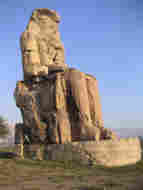 wbank/j001.jpg
wbank/j001.jpg
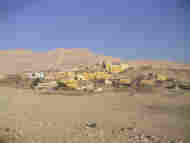 wbank/j002.jpg
wbank/j002.jpg
 wbank/j003.jpg
wbank/j003.jpg
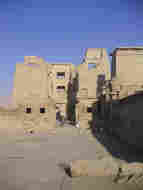 wbank/j004.jpg
wbank/j004.jpg
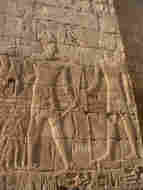 wbank/j005.jpg
wbank/j005.jpg
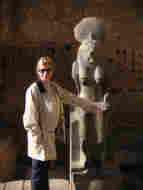 wbank/j006.jpg
wbank/j006.jpg
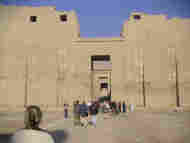 wbank/j007.jpg
wbank/j007.jpg
 wbank/j008.jpg
wbank/j008.jpg
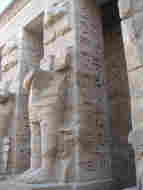 wbank/j009.jpg
wbank/j009.jpg
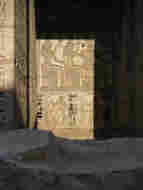 wbank/j010.jpg
wbank/j010.jpg
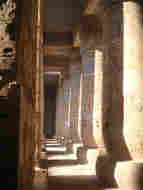 wbank/j011.jpg
wbank/j011.jpg
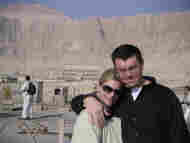 wbank/j012.jpg
wbank/j012.jpg
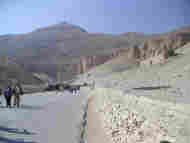 wbank/j013.jpg
wbank/j013.jpg
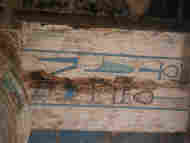 wbank/r014.jpg
wbank/r014.jpg
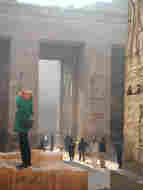 wbank/r015.jpg
wbank/r015.jpg
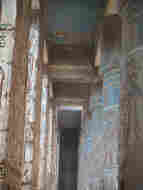 wbank/r016.jpg
wbank/r016.jpg
 wbank/r017.jpg
wbank/r017.jpg